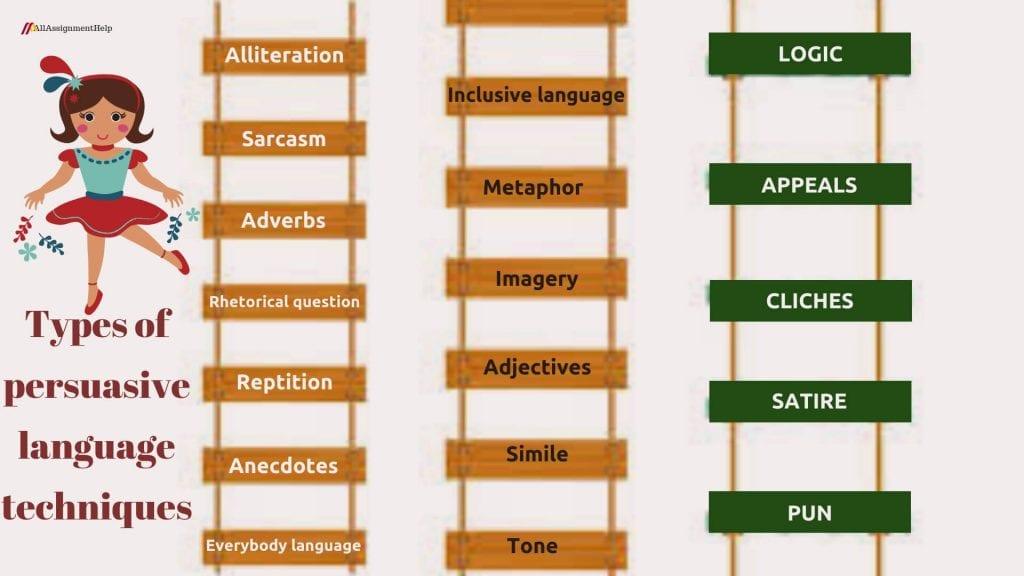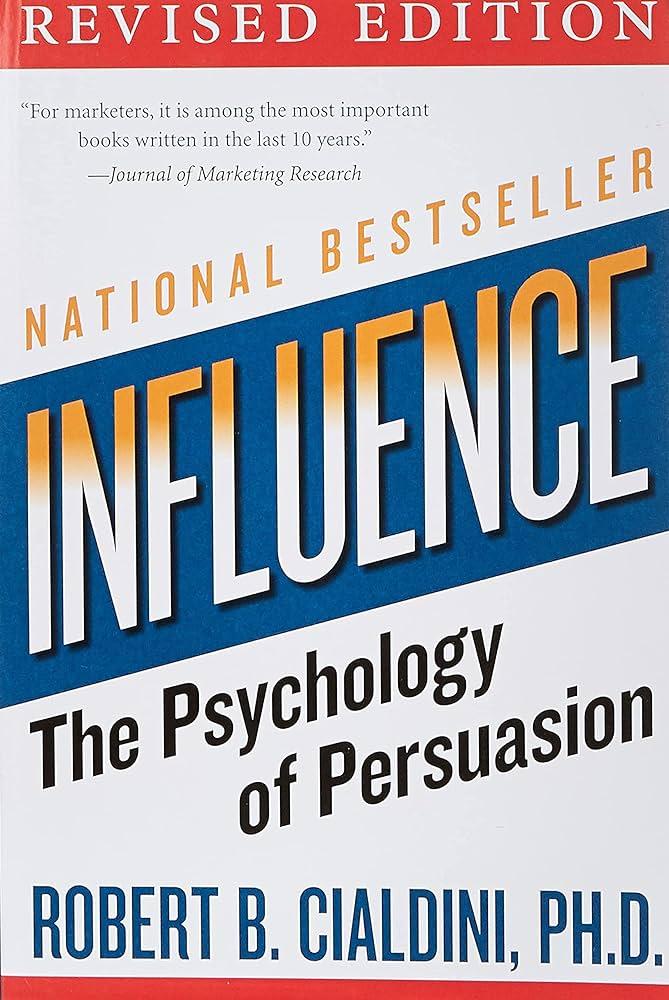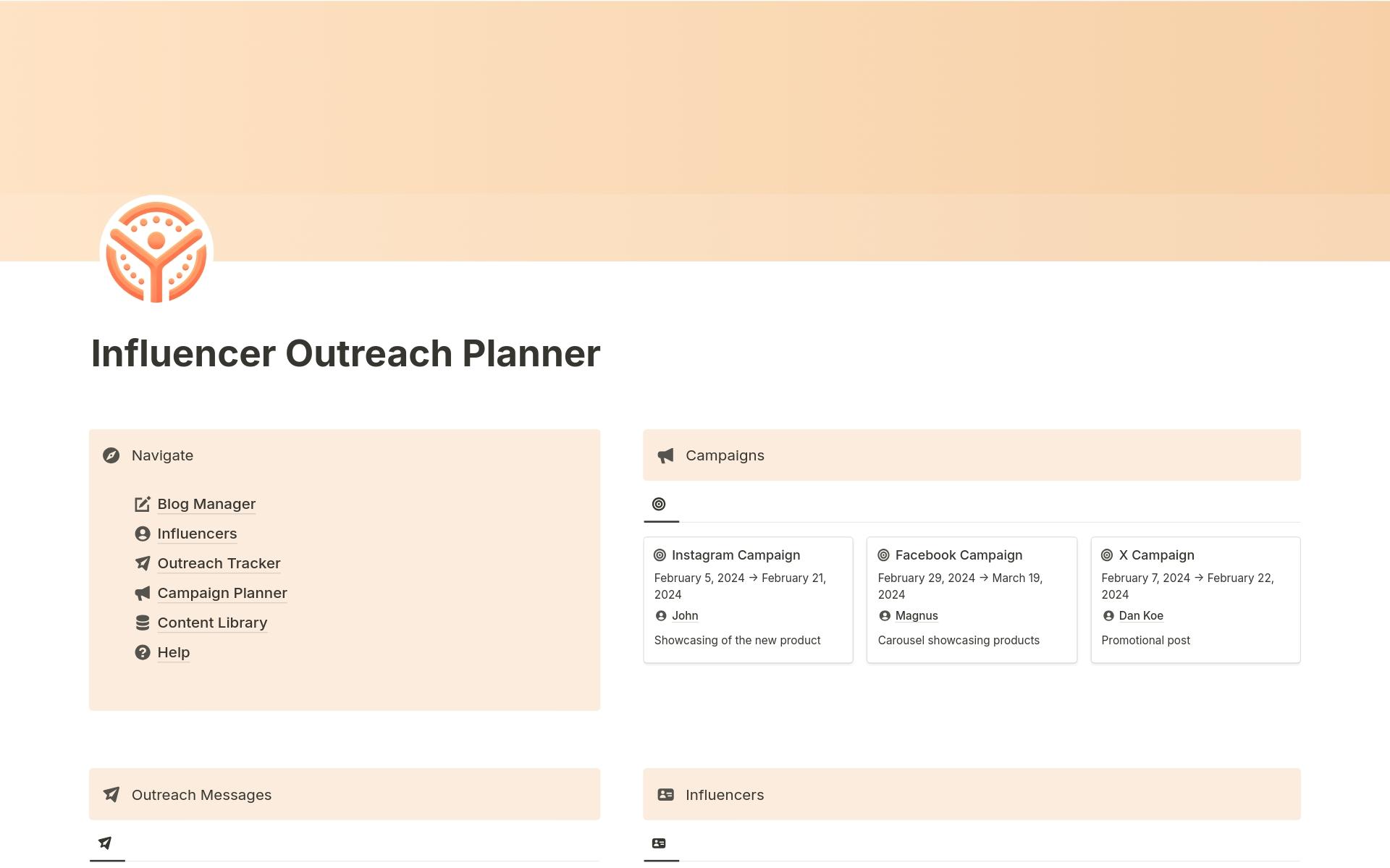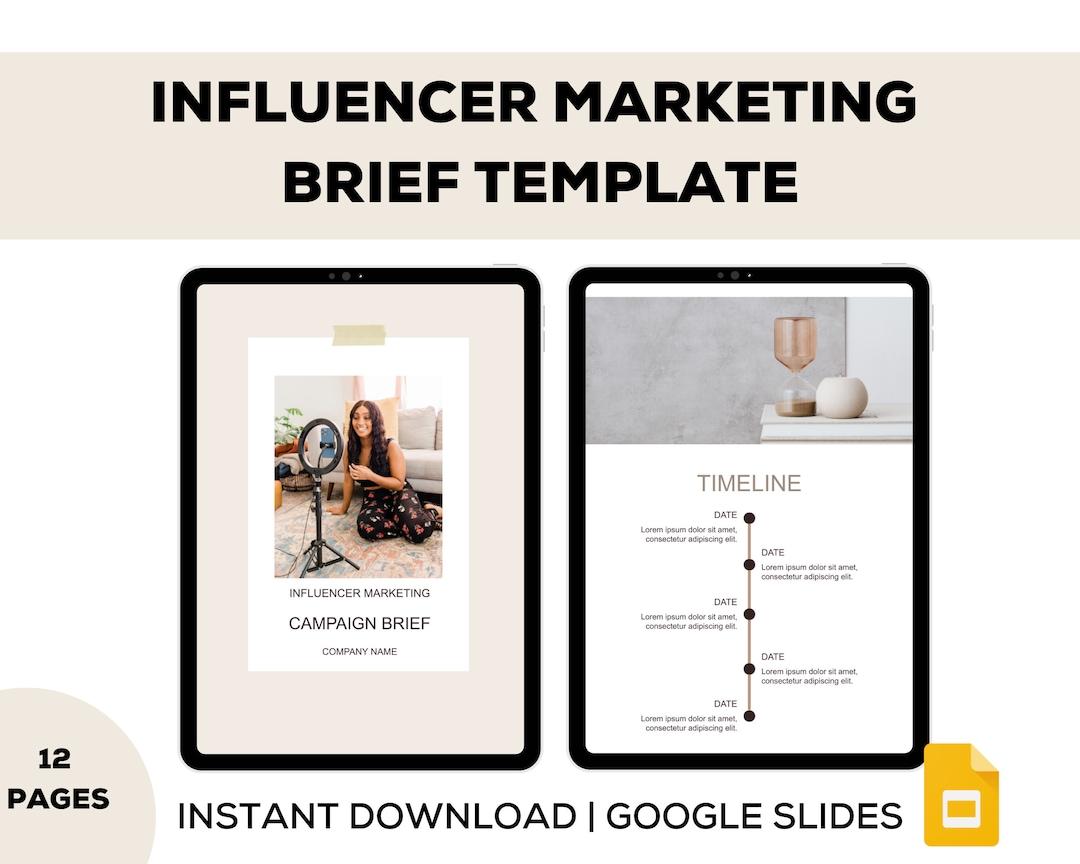
In an era where digital influence shapes trends, opinions, adn purchasing behaviors, mastering the art of persuasion has never been more crucial. As brands strive to forge authentic connections with their audiences,the role of influencers has emerged as a powerful conduit for interaction. But how do you ensure that your message resonates with these trendsetters? enter the influencer brief—a meticulously crafted document that serves as the blueprint for collaboration, guiding influencers to effectively communicate your brand’s vision while preserving their unique voice. In this article, we will delve into the nuances of creating compelling influencer briefs, exploring techniques that not only convey your objectives but also inspire creativity and foster genuine partnerships. Whether you’re a seasoned marketer or new to the game,discovering the secrets of persuasive communication will elevate your influencer collaborations to new heights,ensuring that your message not only reaches but also resonates with the hearts and minds of your target audience.
Understanding the Psychology of Influence in brief Creation
When crafting influencer briefs, it’s essential to tap into the underlying principles of psychology that drive human behavior and decision-making. A successful brief should resonate emotionally with influencers, appealing to their values and motivations. Understanding concepts such as reciprocity, authority, and social proof can definately help create a compelling narrative that influencers will find hard to resist. By framing your message in a way that aligns with their interests, you increase the likelihood of fostering collaboration and achieving your campaign goals.
Additionally, clarity and specificity in your briefs can substantially impact how influencers perceive and respond to proposals. Utilizing a structured format can streamline communication, ensuring that key points stand out. Consider incorporating elements such as:
- Clear Objectives: state your goals succinctly.
- Target audience: Define who the campaign aims to reach.
- Content Guidelines: Offer direction while allowing creativity.
Moreover, utilizing tables to present information can enhance comprehension and retention. Below is a simple layout that can be utilized in your brief:
| Element | Description |
|---|---|
| Campaign Theme | Explain the central idea driving the campaign. |
| Key Deliverables | Outline expected deliverables and formats. |
| Timeline | Provide deadlines for each phase of the campaign. |

Key Elements of an Effective Influencer Brief
Creating an influencer brief that resonates with content creators involves several essential elements that craft a clear path for collaboration. Start by defining the objectives of the campaign. Influencers need to understand the goals behind the partnership, whether it’s to drive brand awareness, increase sales, or promote a specific product launch.Clearly outlining these objectives allows influencers to tailor their content effectively. Additionally, don’t underestimate the power of target audience insights. Providing demographic information, interests, and consumer behavior details will empower influencers to connect with their followers more authentically.
Next, personalization is crucial in forging a successful alliance.Customize the brief with the influencer’s previous work and unique style,highlighting what specifically drew you to their profile. List the key messages you want them to convey, ensuring they align with your brand’s voice. Furthermore, include any mandatory elements such as logos or hashtags, but also give room for creative freedom. To summarize, a well-structured brief can be illustrated in a table format:
| Element | Description |
|---|---|
| Objective | Define what you hope to achieve with the campaign. |
| Target Audience | Demographics and interests of the consumers. |
| Key Messages | Main points you want to convey. |
| Creative Freedom | Allow influencers to add their unique touch. |

Strategies for Tailoring Messages to Diverse Audiences
Understanding the nuances of cultural backgrounds, interests, and values is crucial when communicating with disparate audiences. To effectively tailor messages, consider the following approaches:
- Research Your Audience: Gather insights into the preferences and demographics of each target group.
- Segment Your Audience: Divide your audience into smaller segments based on key characteristics to deliver more focused messages.
- Use Relatable Language: Adjust your tone and vocabulary to ensure your message resonates with the audience’s familiarity and comfort level.
- Incorporate Visual Aids: Utilize images, infographics, and videos that appeal to the cultural aesthetics of each segment.
Along with foundational strategies, leveraging innovative tools can amplify your messaging efforts. Consider utilizing A/B testing to determine which variations of your message garner the best response from each audience segment. Moreover, employing a collaborative approach that involves feedback from representatives of each audience can enhance the authenticity of your message. Here’s a simple table to illustrate effective communication styles:
| Audience Type | Preferred Style | Key Messaging Points |
|---|---|---|
| Gen Z | Engaging and Concise | Social responsibility, authenticity |
| Millennials | Informal and Relatable | Experience-based, community-driven |
| Baby Boomers | Formal and Informative | Value, reliability, tradition |

Measuring the Impact: evaluating the Success of Your Briefs
To truly gauge the effectiveness of your influencer briefs, it’s essential to employ a mix of quantitative and qualitative metrics. Start by tracking key performance indicators (KPIs) that align with your campaign goals. These may include:
- Engagement Rates: Measure likes, comments, shares, and overall interaction on influencer posts.
- Reach and Impressions: Determine how many users saw the content and how often.
- Conversion Metrics: Look at clicks, sign-ups, or sales generated thru the campaign.
Additionally, gathering qualitative feedback can provide deeper insights into your briefs’ impact. Engage with influencers to understand their experience and gather their thoughts on clarity, creativity, and relevance. You might find creating a simple feedback form helpful, where influencers can rate aspects of the brief, revealing areas for improvement and what resonated most. A sample feedback table can clarify this approach:
| Feedback Criteria | Rating (1-5) | Comments |
|---|---|---|
| Clarity of Instructions | 4 | Easy to follow, but could use more examples. |
| Creativity of Concept | 5 | Loved the concept, felt unique. |
| Relevance to Audience | 3 | Appealing, but not fully aligned with my audience’s interests. |
The Conclusion
In a world where influence is currency, the ability to craft effective persuasion is an invaluable skill. as we’ve explored the nuances of developing influencer briefs, we’ve uncovered the importance of clarity, creativity, and connection. Whether you’re a brand looking to engage with your audience or an influencer seeking to convey your unique voice, mastering the art of persuasion starts with a well-constructed brief.
By blending strategy with storytelling, we create not just messages, but meaningful interactions that resonate. As you venture forth with these insights, remember that it’s not solely about selling a product or idea; it’s about forging genuine relationships that inspire action. So take the knowlege gained here,embrace the nuances of persuasion,and watch as your efforts transform into impactful collaborations. After all, in the realm of influence, the art of persuasion is not just a tool—it’s a pathway to creating lasting impressions.